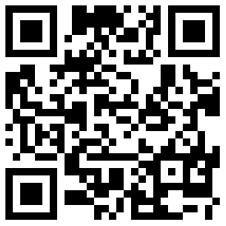Dr. Jiang Guangjia, South China Sea Environmental Monitoring Center, State Oceanic Administration, came to ocean college to give a lecture on Freshmen's professional education
On the morning of October 15, 2019, Dr. Jiang Guangjia from the South China Sea environmental monitoring center of the State Oceanic Administration was invited to the College of oceanography to give a wonderful lecture on marine remote sensing to the freshmen majoring in marine science of grade 19.
Dr. Jiang Guangjia graduated from Nanjing Institute of geography and lakes, Chinese Academy of Sciences in 2013. At present, he is a senior engineer of the South China Sea environmental monitoring center of the State Oceanic Administration. His main research direction is marine ecological remote sensing. He has won National Scholarship, excellent scholarship of president of Chinese Academy of Sciences, first prize of marine science and Technology Award and other honors. At present, he has presided over and participated in a number of national and provincial research projects. In recent years, he has published more than 20 academic papers as the first author and corresponding author, and served as the reviewer of such academic journals as water research, environmental research letters, science of the total environment, environmental research communications and environmental science and technology.
Dr. Jiang focused on what is remote sensing? under the title of satellite remote sensing: reviewing history, basing on space and predicting the future What can remote sensing do? How accurate is remote sensing? How can remote sensing be applied? Four problems are introduced to the freshmen of Marine Science: 1. The definition, basic principle, classification and data processing methods of remote sensing technology; 2. The development history and trend of satellite remote sensing in China; 3. The evaluation methods and ideas of application accuracy of satellite remote sensing data; 4. The application methods and requirements of satellite remote sensing. The wonderful report was warmly welcomed by the students.




